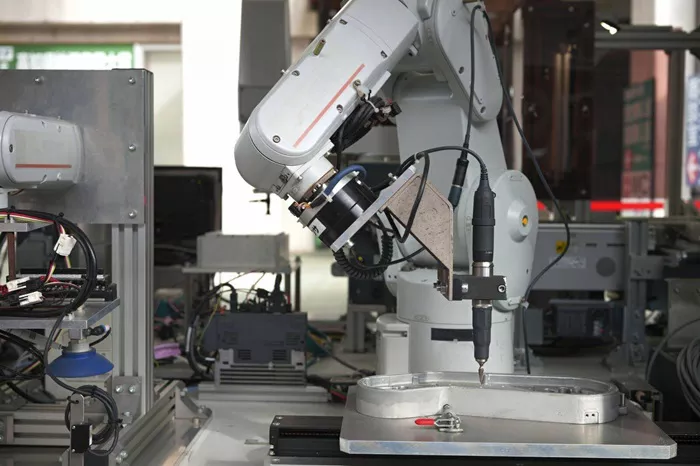California-based startup Elve, backed by DARPA funding, has developed a faster, cheaper way to produce critical traveling-wave tubes (TWTs) using advanced 3D printing.
TWTs are vacuum tubes that amplify high-frequency signals, making them essential for long-range communications and radar systems. However, their complex design and precise manufacturing requirements have traditionally made production slow and expensive—taking up to 18 months per unit. This has limited their wider use in both defense and commercial markets.
Now, Elve has introduced a new method called Layered Additive Multi-Material Manufacturing—Digitized (LAM3D). This additive manufacturing (AM) technique slashes production time from over a year to just a few weeks. The process also cuts costs while maintaining high precision.
Additionally, Elve has streamlined TWT design, reducing optimization time from weeks to under two hours for key frequency bands (Q-band, V-band, and E-band). These frequencies are vital for next-gen communications and radar.
Dr. David Abe, a DARPA program manager overseeing the project, called the innovation a “game-changer.”
“TWTs are ideal for many RF applications, but long development cycles made them hard to scale,” Abe said. “Elve’s breakthrough could open up new uses that were once impractical.”
The technology, developed with support from DARPA’s Small Business Innovation Research (SBIR) program, could significantly expand TWT adoption in both military and commercial sectors.

